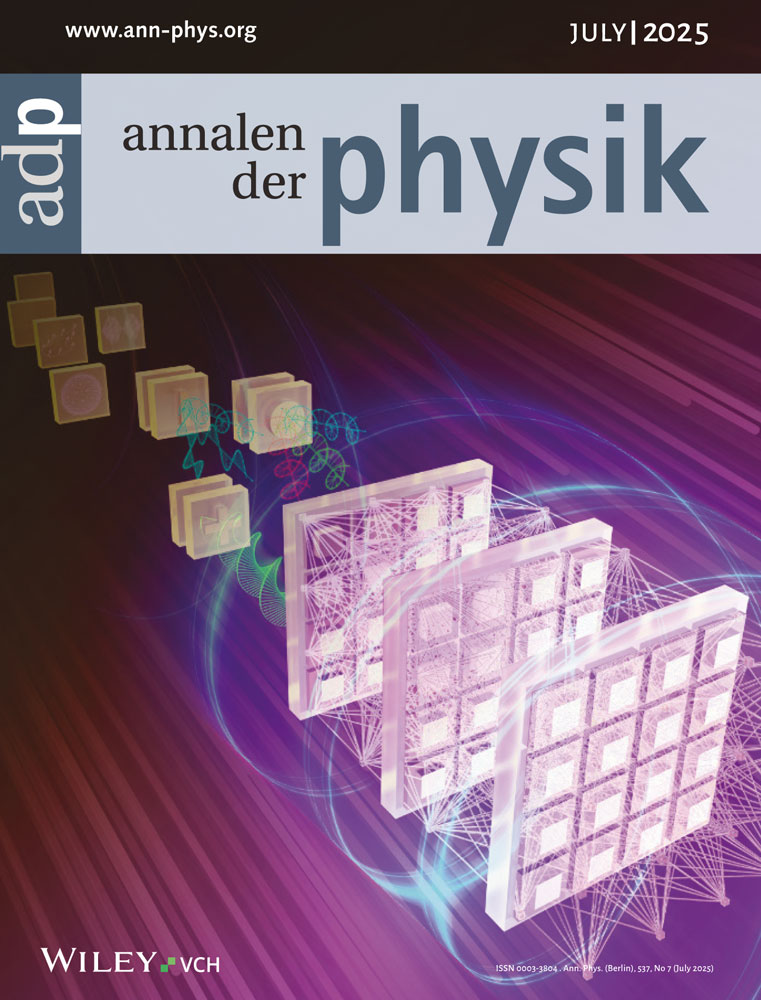Rearrangement Collisions between Four Identical Particles as a Four-Body Problem
Abstract
enNuclear reactions between composite particles with rearrangement processes are considered. The cluster model is used in describing the structure of the nuclei. With this structure we have in the initial channel as well as in the final channel, four interacting particles. These reactions are studied as a four-body problem. The scattering amplitudes are approximated by using a separable expansion for the separable potential model. The four-body equations are reduced to integral equations in the form of exact effective two-particle Lippmann-Schwinger equations. These equations are solved by standard methods in a form suitable for numerical calculations. The present four-body treatment is applied calculating the differential cross-sections for different scattering and transfer nuclear reactions. Distorted wave Born approximation calculations are used in calculating the angular distributions. The present theoretical calculations are in good agreement with the experimental angular distributions.
Abstract
deStöße zwischen vier identischen Teilchen als Vierkörperproblem
Es werden Kernprozesse zwischen zusammengesetzten Teilchen mit Unordnung als Vierkörperproblem betrachtet. Im Rahmen einer Entwicklung des separierbaren Potentialmodells werden die Streuamplituden genähert bestimmt. Die Vierkörpergleichungen werden auf Integralgleichungen der Form exakter, effektiver Zweiteilchen-Lippmann-Schwinger-Gleichungen reduziert. Diese werden mit Standardmethoden numerisch gelöst. Berechnet werden die differentiellen Wirkungsquerschnitte für verschiedene Streu- und Kernumwandlungsreaktionen. Die räumliche Verteilung wird in Bornscher gestörter Wellennäherung bestimmt. Es ergeben sich gute Übereinstimmungen mit dem Experiment.




